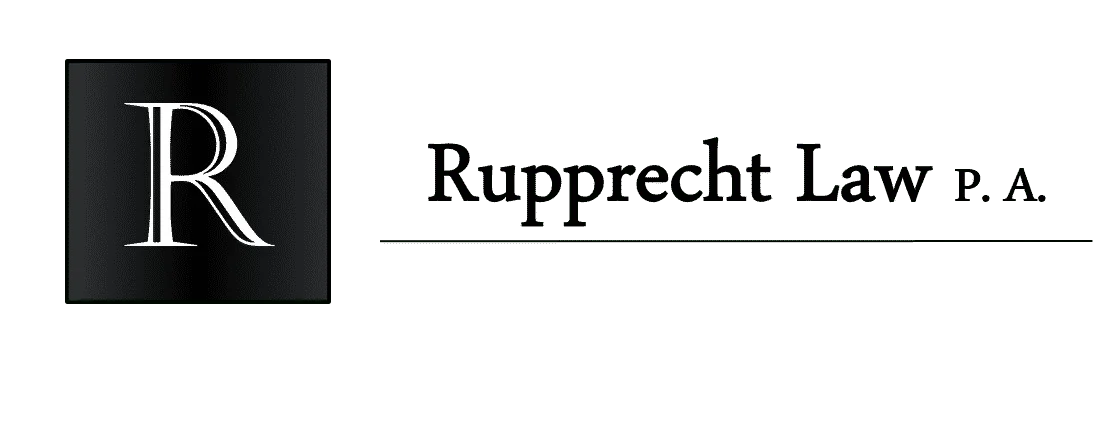Inspection and surveying drones have become indispensable tools for industries such as construction, utilities, real estate, energy, and land development. By providing safe, efficient, and cost-effective aerial data collection, drones can replace risky manual inspections and accelerate project timelines.
However, because these operations often involve urban areas, infrastructure sites, or large-scale mapping, they are subject to strict FAA regulations, state surveying laws, and liability considerations. For businesses, the legal framework extends beyond aviation to include professional licensing, data rights, and contract law.
Why Legal Guidance Matters
Operating inspection or surveying drones without proper approvals or contracts can expose clients to:
FAA penalties for unauthorized flights (e.g., BVLOS or over people without a waiver).
Civil liability for accidents, property damage, or data errors.
Professional licensing issues, since some states require licensed land surveyors for mapping work.
Privacy claims, when drones capture images outside the intended inspection area.
Insurance gaps, especially where accuracy of data is critical to contracts.
How We Support You
We guide operators, engineering firms, construction companies, and surveyors in structuring their drone programs legally and effectively by:
Ensuring FAA compliance under Part 107, including waivers for BVLOS, night operations, or flights over people.
Advising on state surveyor licensing requirements for mapping and land-use applications.
Drafting contracts and liability frameworks that allocate risk for data accuracy, safety, and deliverables.
Developing privacy and data-use policies to address client and third-party concerns.
Reviewing and securing insurance coverage for aviation risks, errors & omissions, and professional liability.
Helping clients comply with local ordinances that restrict flight or data collection.
Services
- Waivers Learn more…
- Exceptions Learn more…
- Demonstrations Learn more…
Guides
- Ultimate Guide to Drone In A Box Ops(Laws, Tips, Lists, Problems, Companies). Learn more…
- Ultimate Guide to U.S. Drone Regulations. Learn more…
- Free Part 107 Test Study Guide For FAA Remote Pilot Airmen Certificate. Learn more…
- Ultimate Guide to FAA’s Part 107 (14 CFR Part 107). Learn more…
- Drone Insurance Guide from Attorney/Flight Instructor. Learn more...
FAQS
Do inspection and survey drones require FAA approval?
Yes. Any commercial use of drones (including inspections of infrastructure, utilities, pipelines, construction, or land surveys) must comply with Part 107. This includes:
FAA drone registration.
Remote Pilot Certificate for operators.
Waivers for special operations (BVLOS, over people, night).
What waivers are most commonly required for inspection & survey drones?
BVLOS (Beyond Visual Line of Sight) for inspecting long pipelines, power lines, or railways.
Flights over people/vehicles for construction or urban inspections.
Night operations for 24/7 utility monitoring.
Operations from moving vehicles(common for long corridors).
Are there weight limits for inspection drones?
Under 55 lbs → Standard Part 107 rules apply.
Over 55 lbs → Require Section 44807 exemption or special FAA certification.
Do operators need surveyor licenses in addition to FAA certification?
Yes, in some states. While the FAA regulates airspace, land surveying is state-regulated. Advisers should check whether clients need to comply with state surveyor licensing laws when producing mapping or cadastral data.
How long does FAA approval take for inspection/survey operations?
Standard Part 107 certification: weeks (pilot exam + registration).
Airspace authorizations (LAANC): often instant, sometimes days.
Waivers (BVLOS, over people, etc.): 3–6 months depending on complexity.




